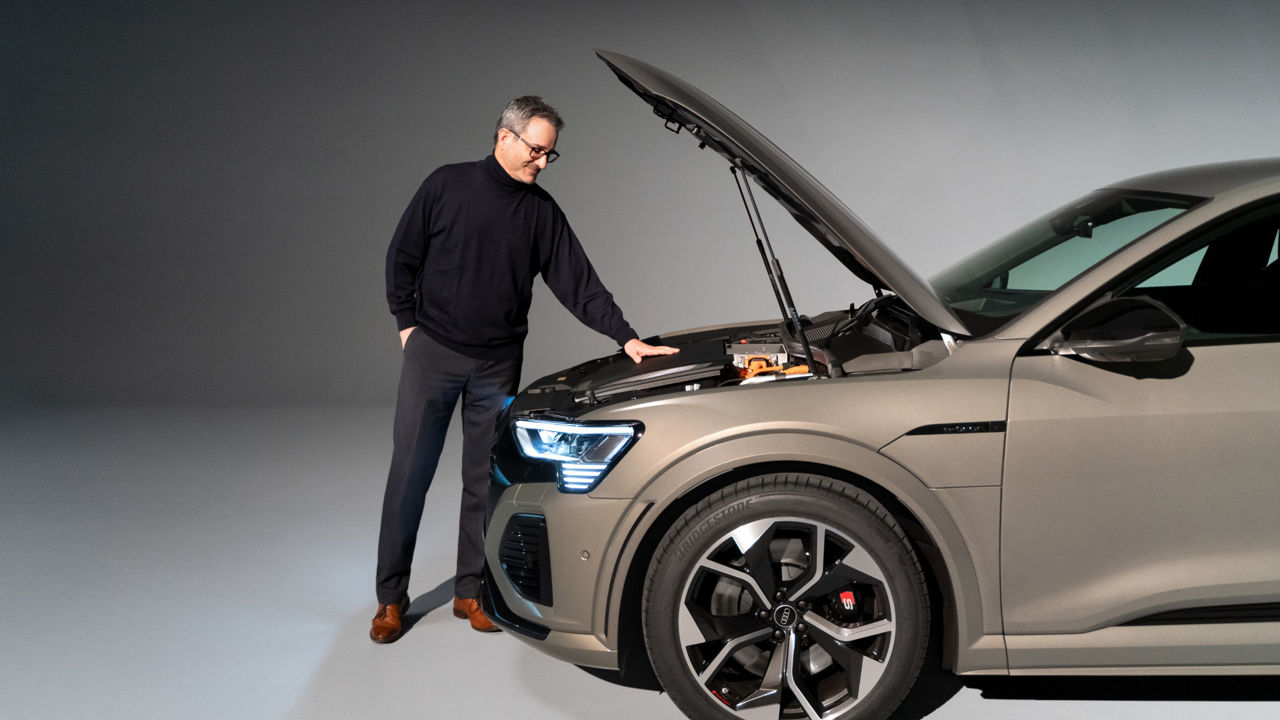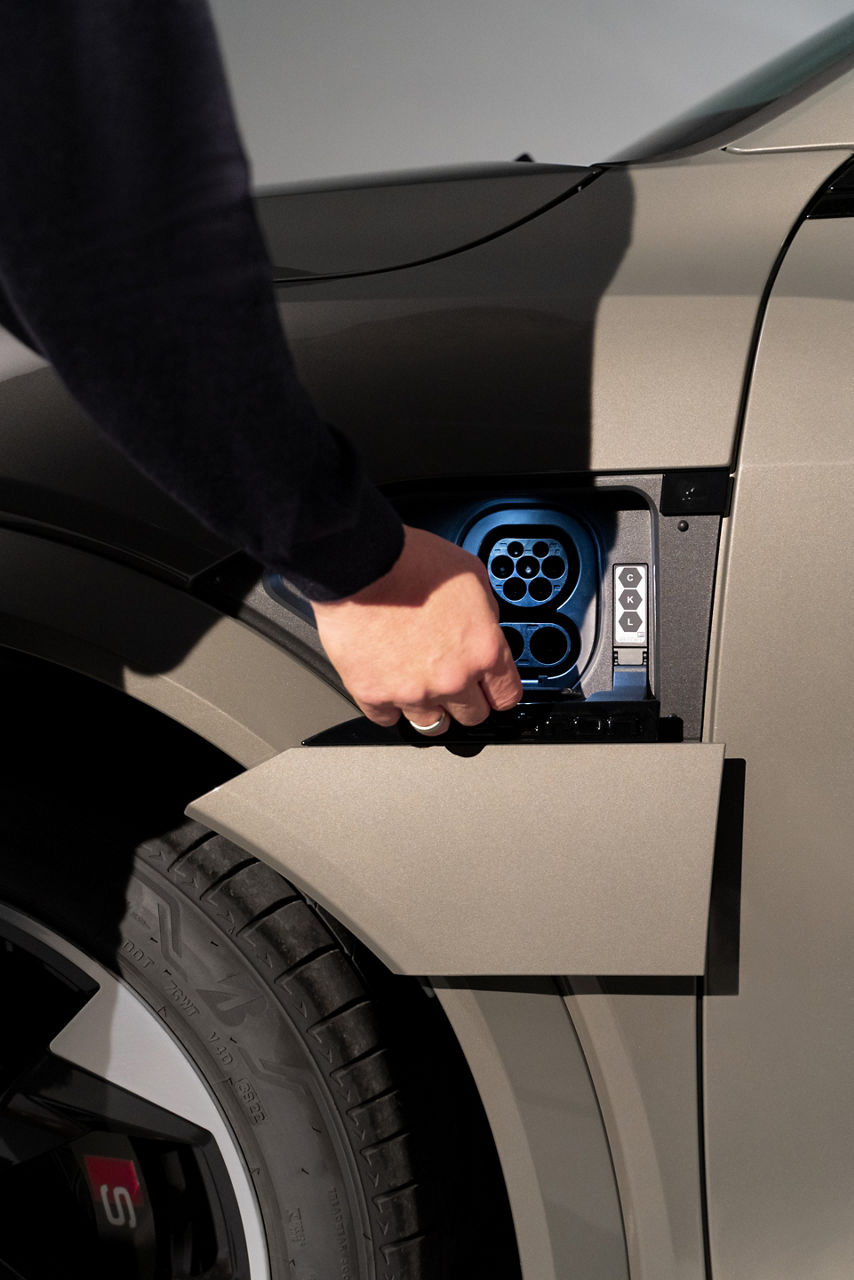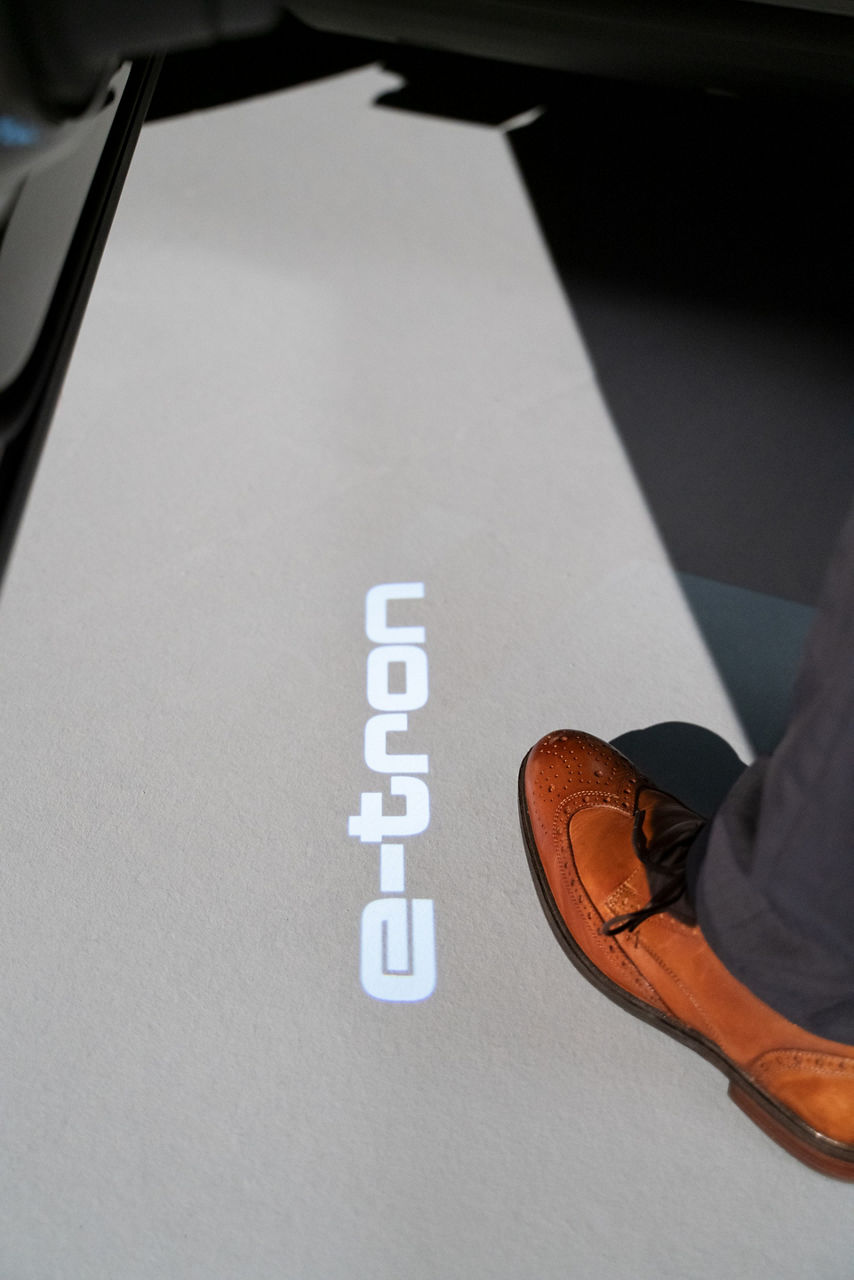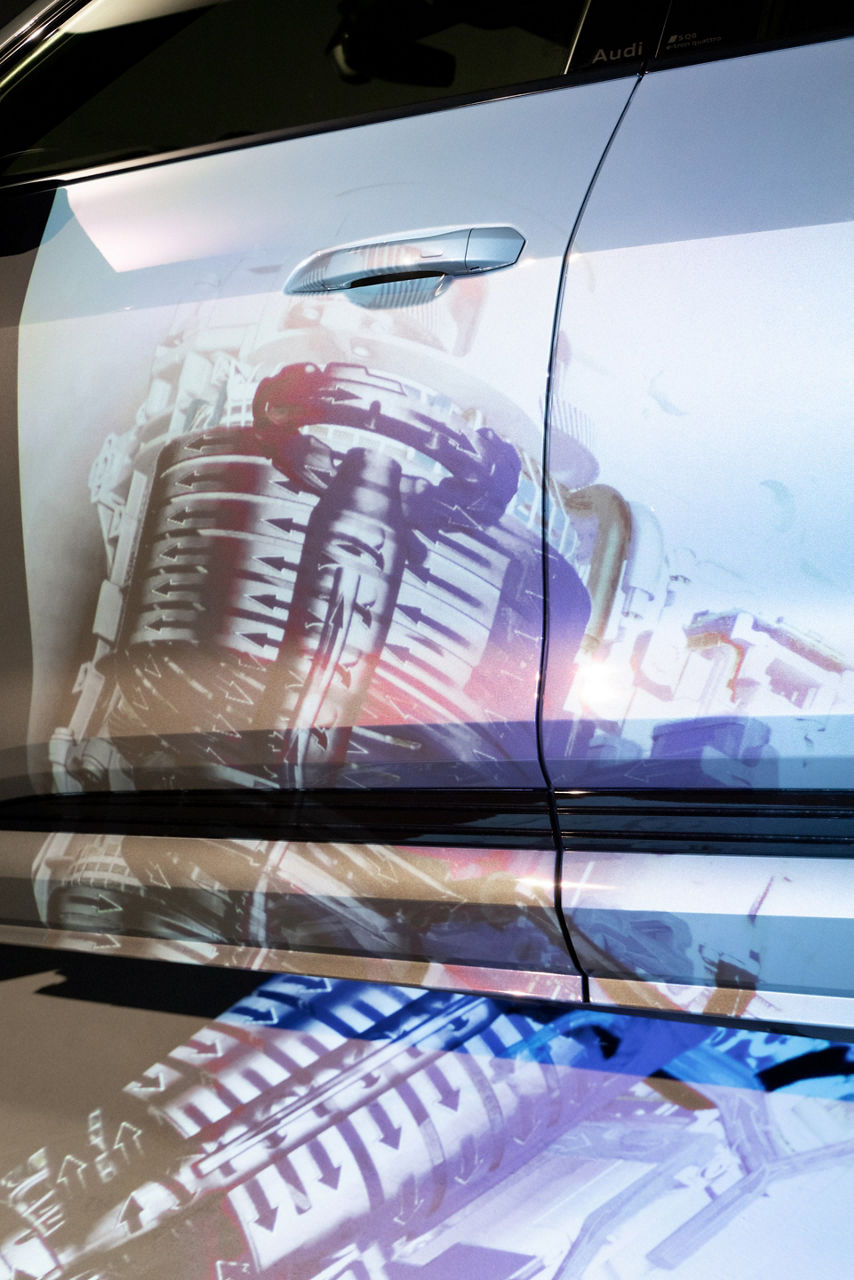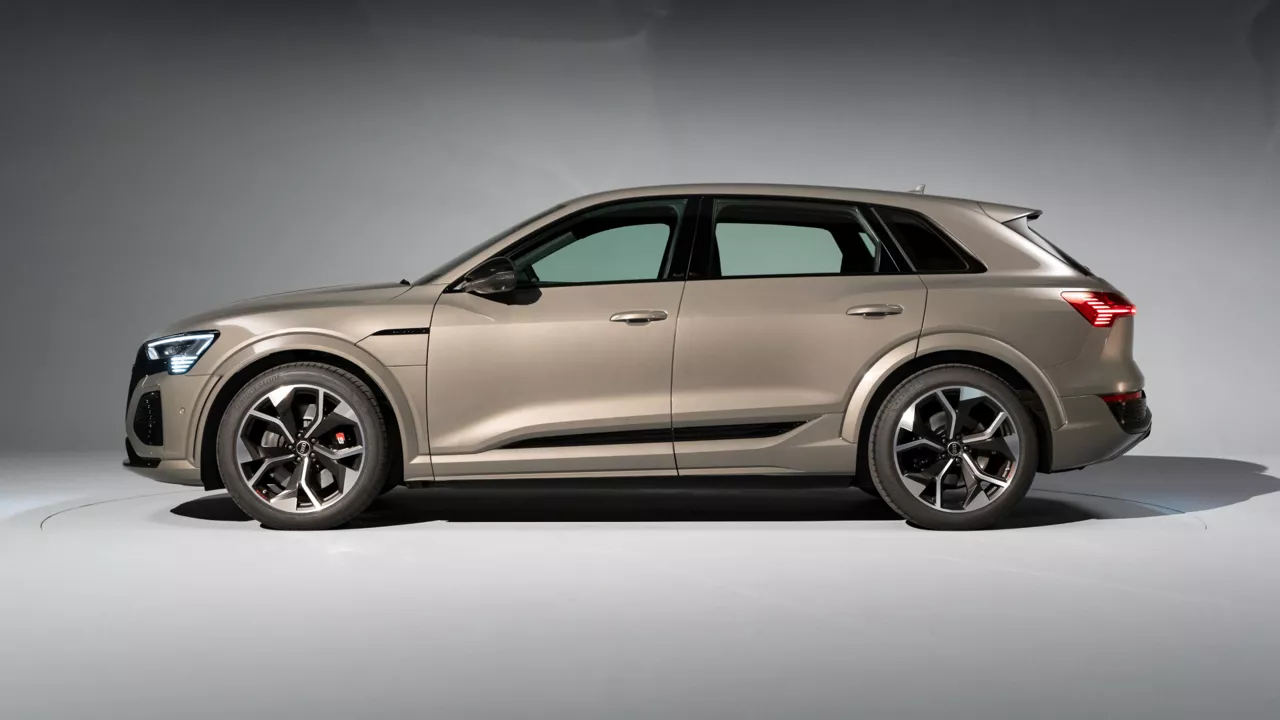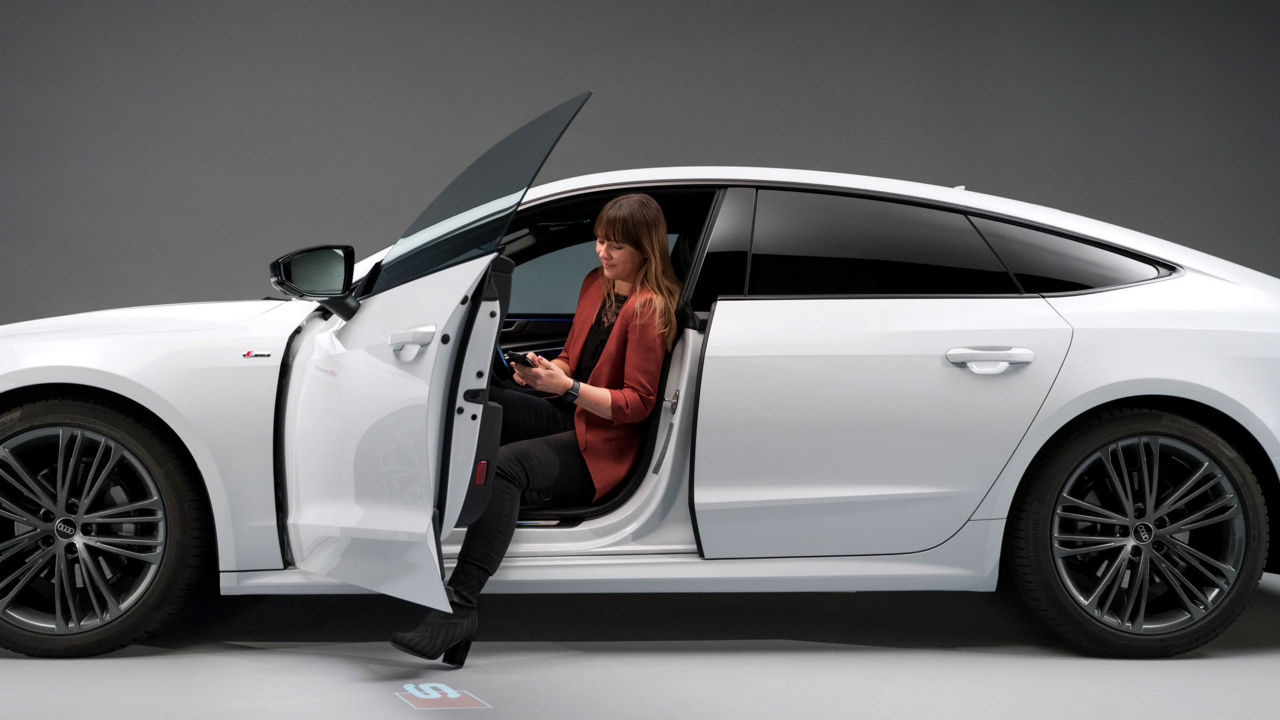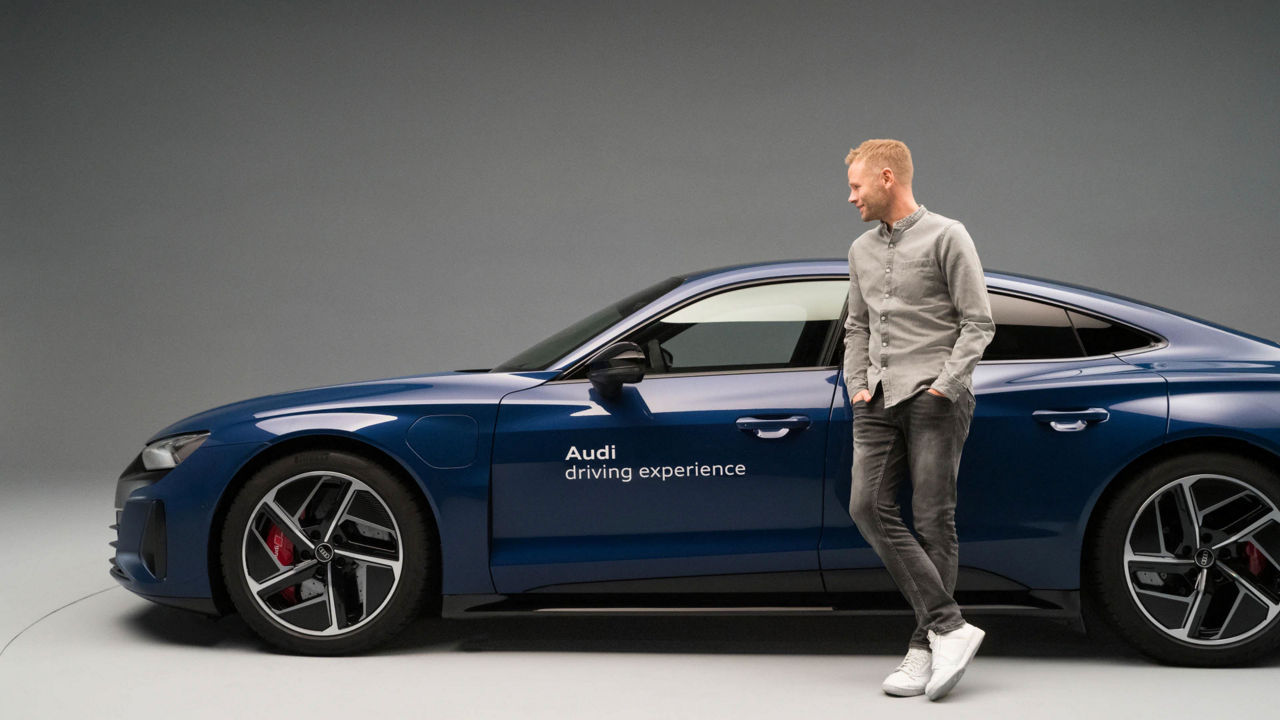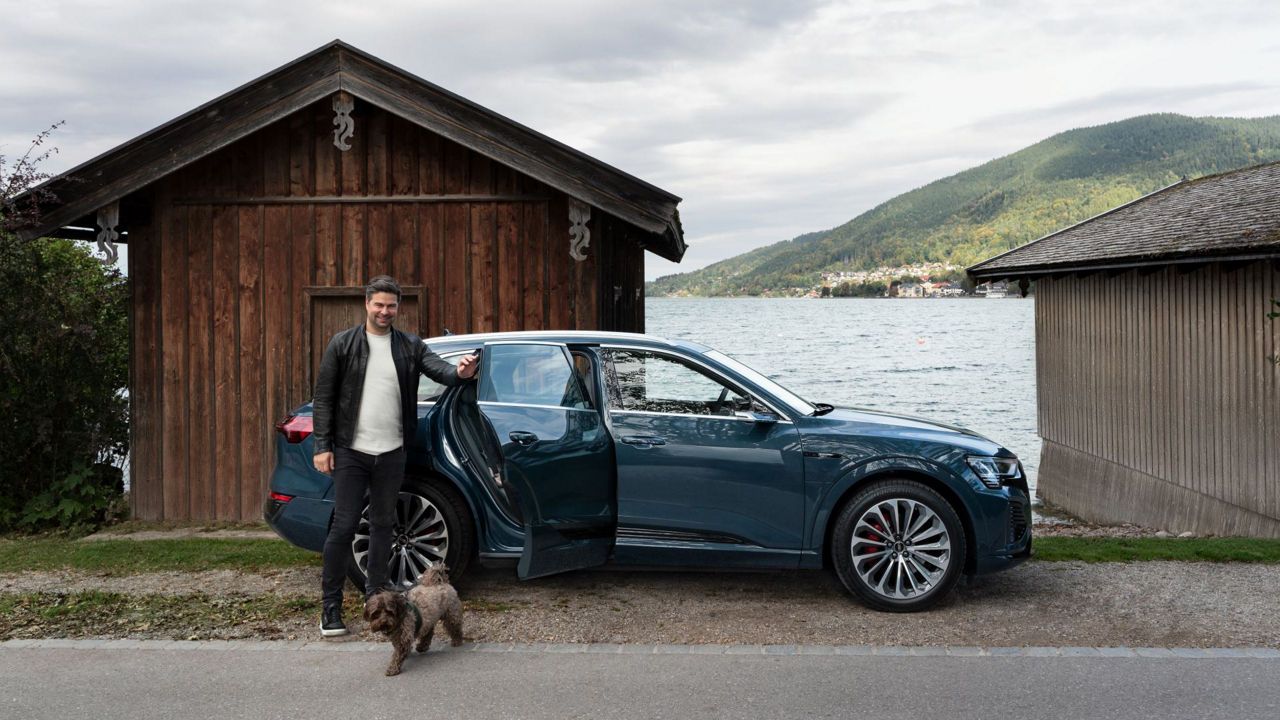In addition to the battery, the high-voltage system of an e-vehicle also includes, among other things, the drive or, as in the case of the Audi Q8 e-tron, the drives (plural!) and the charging technology. “The entire system,” Doerr explains, “has been meticulously refined, and it basically always stays in the comfort zone, thermally-speaking.” The interaction of control units, heat pump, and several heating and cooling circuits, however, is not really visible to the naked eye. But it can be experienced, because the state of the HV system has a direct impact on the performance of the all-electric SUV – on the road and at the charging station.
Joachim Doerr clearly knows his ropes: drives and motors define his career as an engineer. He has been dedicated to e-mobility since 2014, responsible, among other things, for the development of e-motors at Audi, working on the Audi e-tron, Audi’s first all-electric production vehicle and predecessor to the Audi Q8 e-tron. “At the beginning, there was little acceptance of electromobility among the general public due to frequent charging stops and slow charging speed,” he recalls. Effective battery temperature control, however, has a major impact on performance at the charging station. “Many electric vehicles, even current models, do charge very quickly at first, but then the charging performance soon decreases. But all models in the Audi Q8 e-tron series keep charging power high for a long time, especially in the important window of 10 to 80 percent.” Which, in other words, makes for shorter charging stops.
